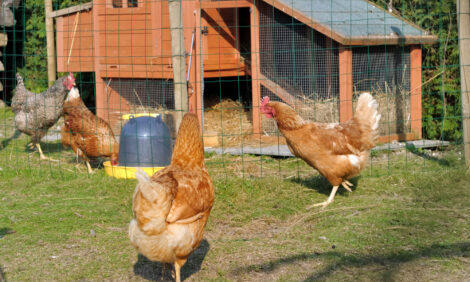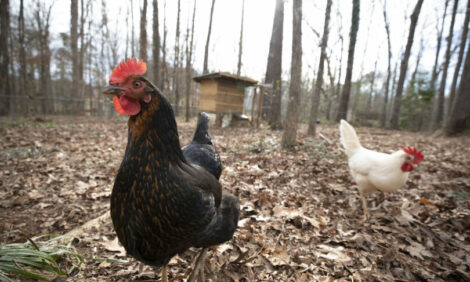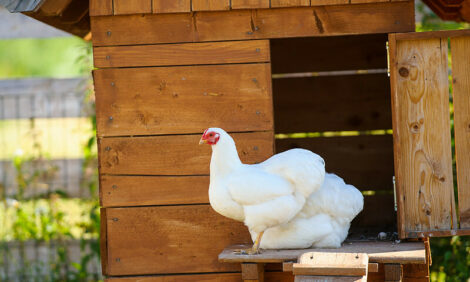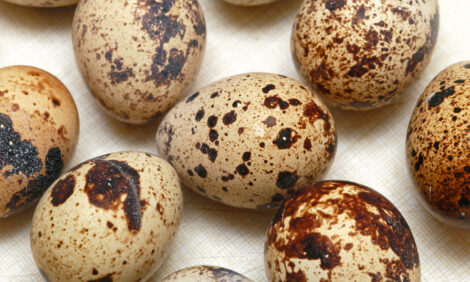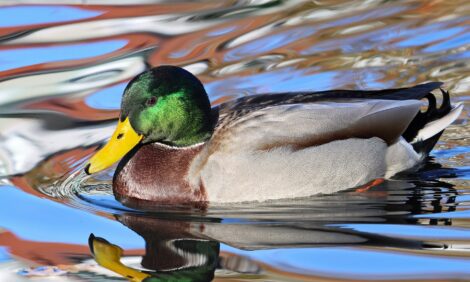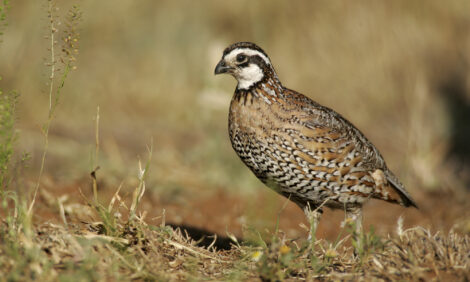



US Poultry Industry Manual - Poultry by-products
Learn about chicken manure, egg shells and inedible liquid eggPart of Series:
< Previous Article in Series Next Article in Series >
Editor's Note: The following content is an excerpt from Poultry Industry Manual: The Foreign Animal Disease Preparedness and Response Plan (FAD PReP)/National Animal Health Emergency Management System (NAHEMS) Guidelines which is designed to provide a framework for dealing with an animal health emergency in the United States. Additional content from the manual will be provided as an article series.
Manure
During egg production, the amount of manure produced each day is approximately equal to the quantity of feed consumed. Manure from laying hens may contain more than 70% moisture. High-rise and manure belt chicken houses use manure-drying systems to reduce the volume and weight of manure and to minimize odors caused by ammonia production. High-rise chicken houses provide space for manure storage on the lower level, beneath the cages.
Droppings fall through the wire mesh floors of cages on the upper level into a manure storage area on the lower level. Drying occurs as air moves over manure cones that form beneath each row of cages. Manure is typically removed from the lower level during warm months of the year when the ground is not frozen. In manure-belt houses, droppings fall through the wire mesh floors onto a manure conveyor belt. In these houses, manure is removed on a regular basis (daily, twice weekly, or weekly) and stored in a separate building where drying and composting occurs. Manure is a valuable source of organic matter, nitrogen, and phosphorus for plants and is used as a fertilizer for crops. Manure disposal usually occurs by spreading on crop land or grassland.

Egg Shells
Shells are a by-product of normal egg grading and processing activities. Eggs with leaking shells, dirty eggs, or eggs accidentally broken and recovered from equipment, floors, or other surfaces during processing are separated into shells and inedible liquid egg product. The mixture of eggs, egg contents, and shells is pumped through a centrifuge where shells are removed from liquid egg contents. The centrifugation process physically reduces shells to small pieces of shell and shell membranes. Shells from egg breaking machines are continuously conveyed to a centrifuge. Wet centrifuged shells may be collected in trucks or bins for transport to off-site drying, to a landfill, to land application, or they may be continuously conveyed to an on-site dryer.
Shell drying is usually conducted using horizontal drum dryers. Centrifuged shells are conveyed into the drum dryer where they are mixed with air heated to temperatures in the range of 1,000 to 1,500°F. The body of the dryer rotates around its long axis imparting a tumbling action to the shells so that there is constant mixing of shells with hot air. During this process, water is evaporated such that the moisture content of the dried shells/membranes is reduced to less than 8%. The exit temperature of the shells and exhaust air is in the range of 210 to 220°F. Dried shells are an excellent source of calcium and phosphorus in proportions required by laying hens and are frequently included in laying hen rations. Also, dried shells may be transported to off-site locations for land applications or other industrial uses.
Inedible Liquid Egg
Inedible liquid egg is a by-product of normal egg grading and processing activities and may include eggs whose shelf life has expired or processed eggs that do not meet specifications. A mixture of eggs and shells may be collected in barrels and held under refrigeration for transport to a dedicated processing facility or the mixture may be pumped through a centrifuge where the shells are removed from the liquid egg (see 7.2 above).
Inedible liquid egg has the composition and physical characteristics of whole liquid egg and generally is partially diluted with water used to clear the lines. It may also contain non-egg ingredients such as salt, sugar, gums, starch, and non-fat dried milk that are normal ingredients in egg product formulations. Liquid inedible egg is generally chilled and held at temperatures below 45°F until transported to drying facilities or processed. Inedible liquid egg is by definition not suitable for human consumption, but may be suitable for animal food. Egg products inspection regulations require all inedible egg to be denatured (typically by adding a food grade dye) to prevent accidental use for human food.
Reference: "USDA APHIS | FAD Prep Industry Manuals". Aphis.Usda.Gov. 2013. https://www.aphis.usda.gov/aph...
The manual was produced by the Center for Food Security and Public Health, Iowa State University of Science and Technology, College of Veterinary Medicine, in collaboration with the USDA Animal and Plant Health Inspection Service through a cooperative agreement.










